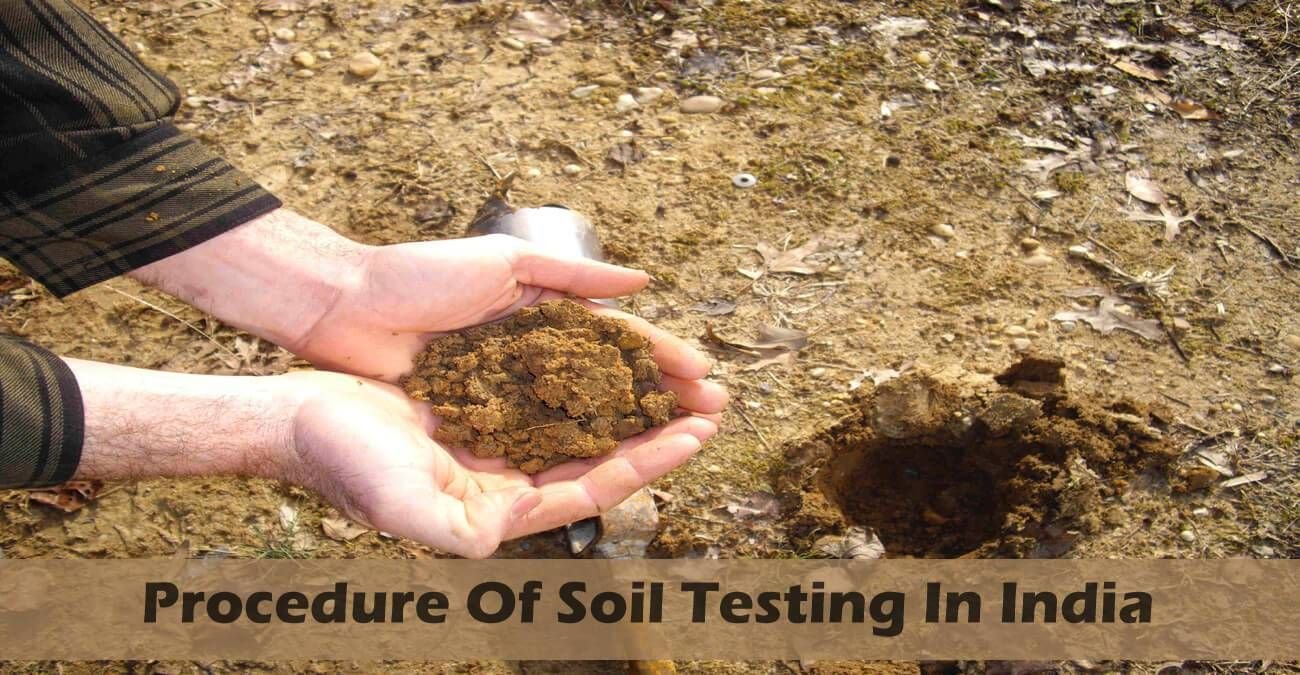Procedure of Soil Testing & Sampling for Laboratory Analysis
Bharatwa Editor
. 3 min read

Soil testing is an important aspect of soil managing, especially for the small-scale farmers. Be it to test the quality of the soil to house the crops or for the benefit of the farm animals. The nutrient and mineral content of the soil should be checked regularly for the benefit of the farmers.
It would provide them with an idea which would facilitate them with the understanding of the soil as well as all the additional requirements it might have, in order to produce the maximum output. The first and foremost benefit of a soil test is the ability to understand what is in your soil, if you are serious about farming then you must know What is Soil pH? what is the level of micro-nutrients?
Also Read:
1. Shift to Organic Farming: Economic and Social Sustainability is Possible through “Jaivik Kheti”
2. Technological Self-Reliance: Indian dependency on Pesticides
Annual Soil Testing and Review of Soil Health
The procedure of soil testing involves the process of soil sampling. Testing of the sampled soil facilitates the creation of an inventory of the nutrient quotient of the tested soil and other factors which are instrumental in the production of certain crops. The general nutrient status of a particular region of soil can be obtained once the soil gets regularly tested. It is recommended to conduct Nitrogen soil testing annually, as the nitrogen quotient is known to be continuously shifting.
These changes are usually dependent on certain natural factors, or shift in the environment, like temperature range or amount of rainfall. It also depends on the type of crop, the time of harvest and the quantity of fertilizer employed during the cropping season. Soil samples should also be taken annually to test for the Sulphur content.
Only Proper Soil Testing for Phosphorus and Potassium has Value
Soil sampling and testing provides an excellent inventory of plant available, but only if it is done properly. The level of phosphorous and potassium content in the soil is not known to very much. They tend to remain constant throughout a considerable period of time. Therefore the sampling of soil for phosphorus or potassium could be restricted to once every three or four years. It would be advisable to definitely test the soil before starting the planting of the next type of crop during crop rotation.
The Procedure of Soil Sampling for Laboratory Analysis
Soil testing mainly includes geometrical arrangement or pattern of soil components, mineral composition (organic matter & PH level), the presence of beneficial organisms like earthworms, nematodes, protozoa, fungi, and bacteria. It also includes the extent of soil pollution. Basically, there are four methods which are used to gather the soil samples. They have been listed as follows:
Simple Random sampling in the field
This procedure basically refers to the collection of soil samples across a field in a random manner. the selection of the patch of soil is done in a manner so as to enable the avoidance of usual regions and predictability. This is the most popular method of soil testing.
Usually, around fifteen to twenty sites have to be sampled in order to be able to provide a comprehensive representation of the soil sample of a field which must not be more than 80 acres. Simple random sampling is a more precise method of taking soil samples and is less biased by the sampler than other samplings.
Grind Soil Sampling
In this procedure the samples are extracted in a much more systematized manner. The field is divided into grids and accordingly the soil gets sampled. It is understood that the smaller the soil sampling region happens to be, the accuracy of the sample becomes greater. With the use of this process one would be able to prepare a field map for each nutrient.
Benchmark Soil Sampling
Also Read:
1. Reduce Use of Pesticides without Compromising Crop Yield
2. Natural & Homemade Insecticides to Save your Farm from Pests
Samples are extracted from certain regions based on type and crop growth and topography. This process is used as a guide for fertilizing areas.
Topographic Soil Sampling
As the name of this process is suggestive, the topography of the field determines the sites for the sampling of the soil. Samples are extracted from various topographic regions with a field.
More Stories from
15 Pakistani Movies That Will Make you Forget Bollywood
We have compiled the ultimate list of top 15 Pakistani movies that you shouldn't miss, these left a greater social impact.
Film Mafia, Fueling the Fire and Enraging Masses
Film Mafia of Bollywood is Fictionalizing history, Rubbishing Religion, Promoting Anti-National Spirit, Mocking Hindu Gods, Award Wapsi and Intolerance drive
How did India respond to Donald Trump's 25% tariff penalty on India?
Trade tensions between the United States and India have sharply increased as a result of this recent development. Know how India responds to Donald Trump's 25% tariff penalty on India.
Geoffrey Hinton's AI Warning: The Most Dangerous Invention Ever
AI is both beneficial and dangerous, depending on how it is developed, deployed, and regulated.
Unbelievable Facts about World History that will surprise you
Human history and the natural world are filled with mysteries, marvels, and strange truths that challenge our understanding. In this article, we will explore some unbelievable facts about world history.





